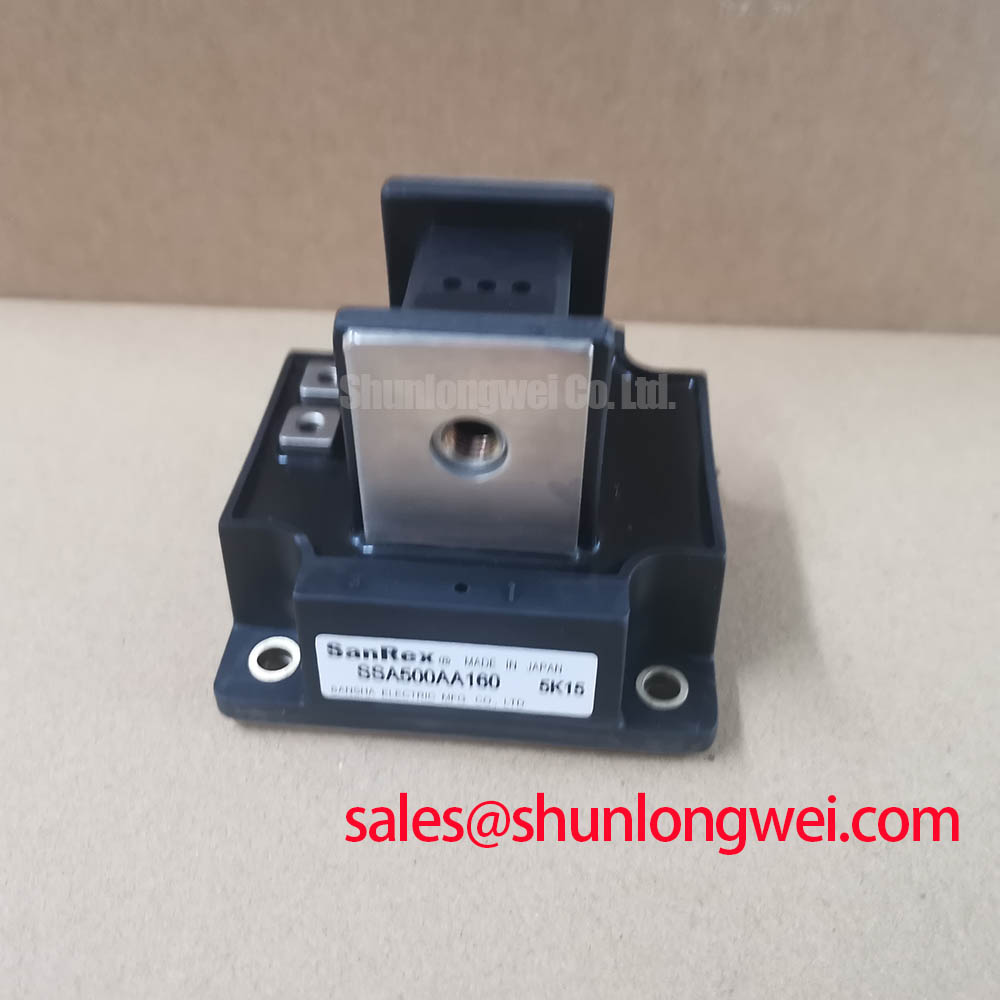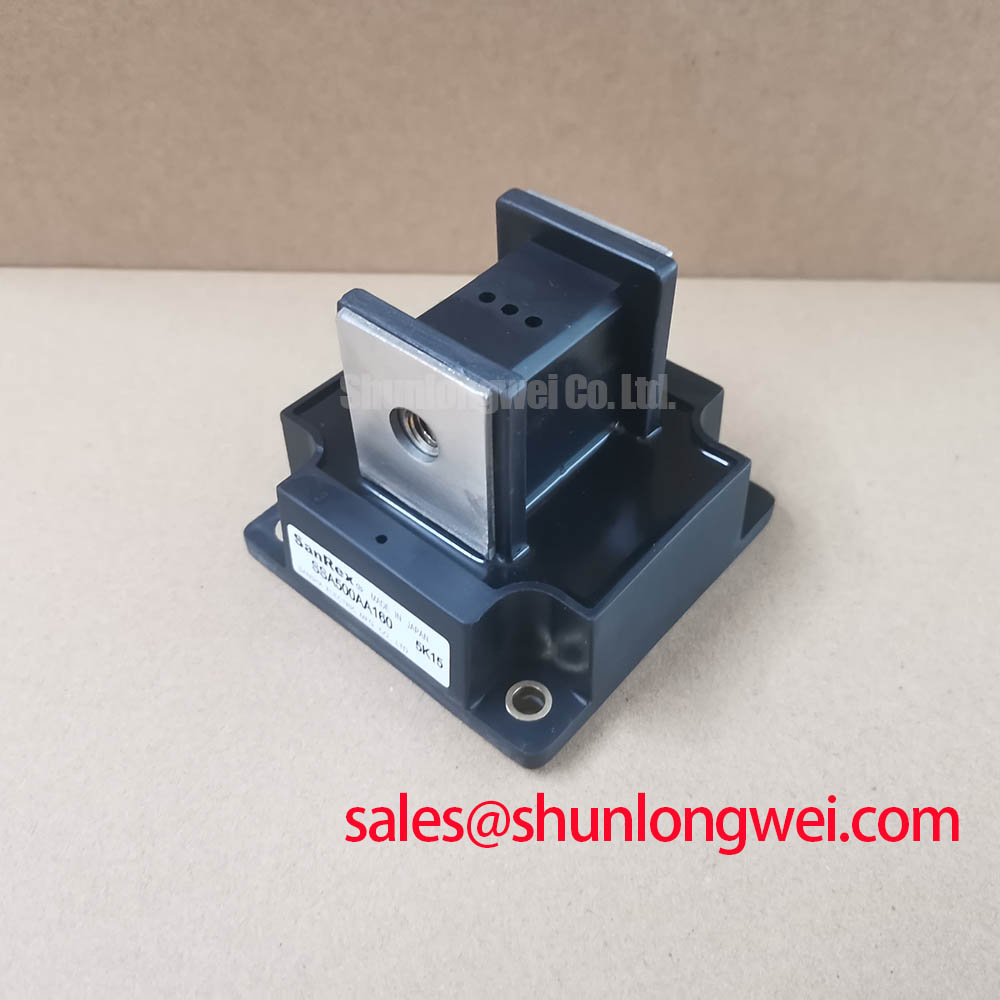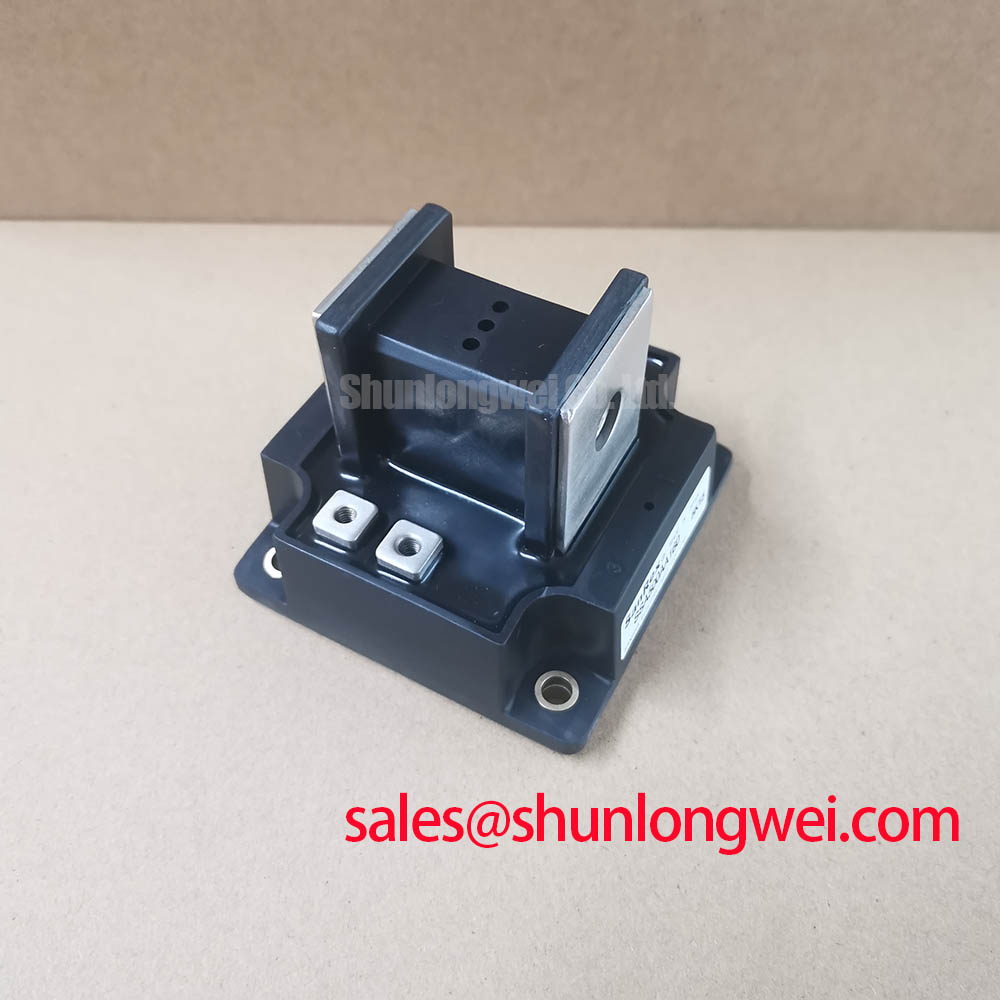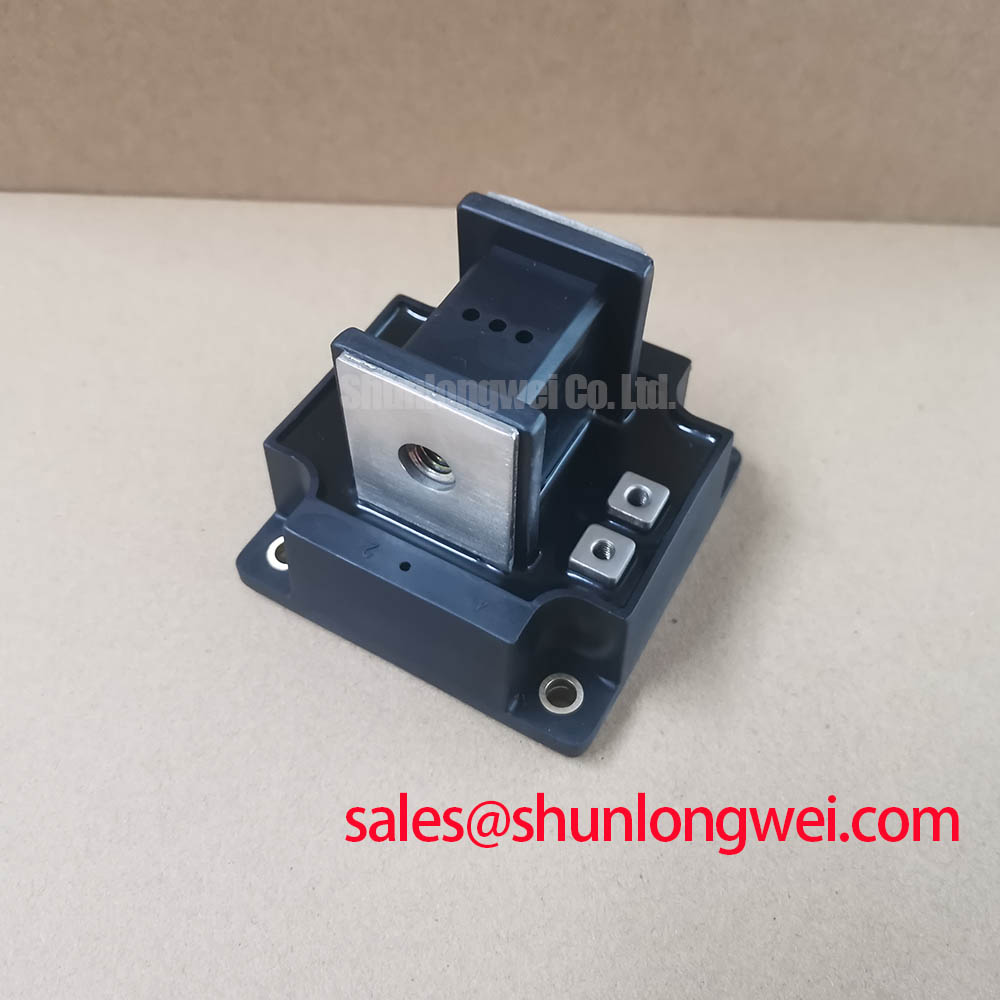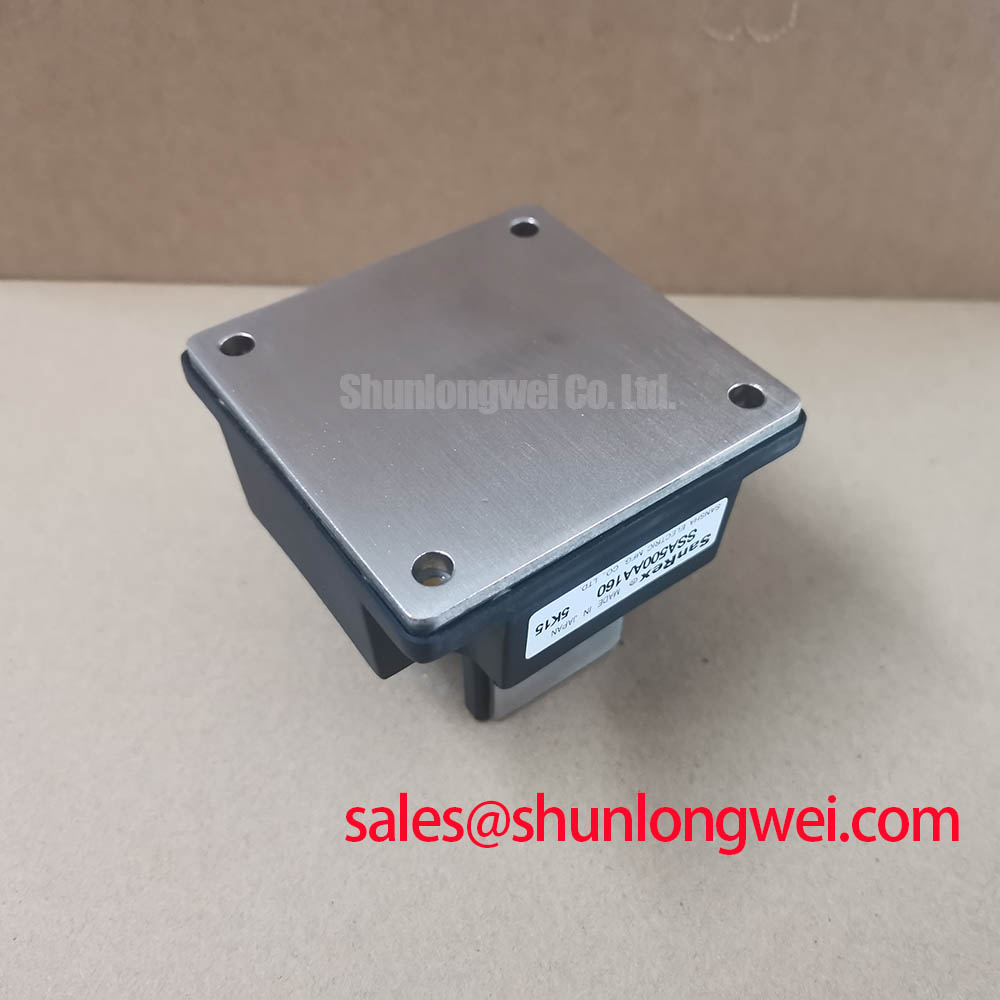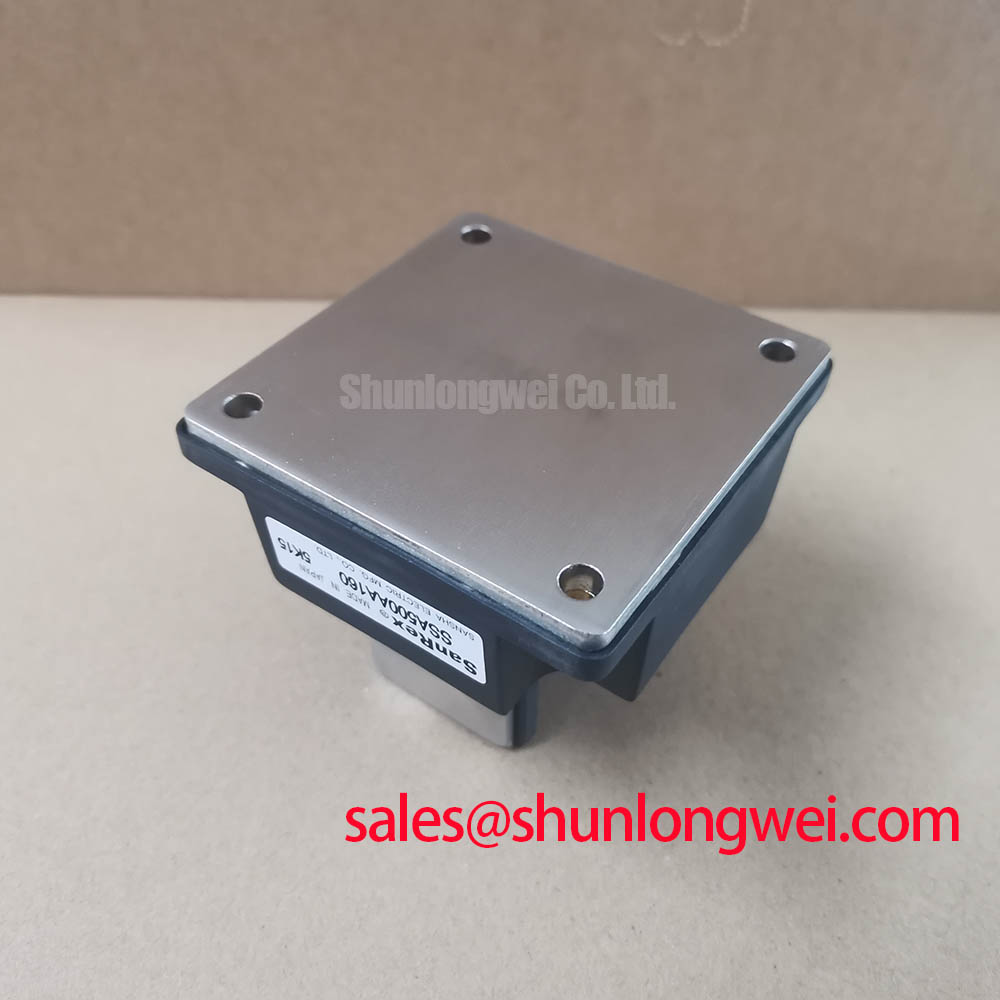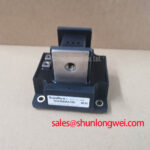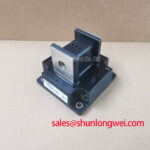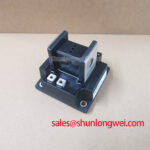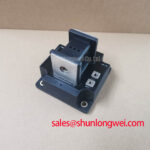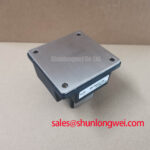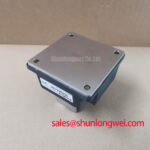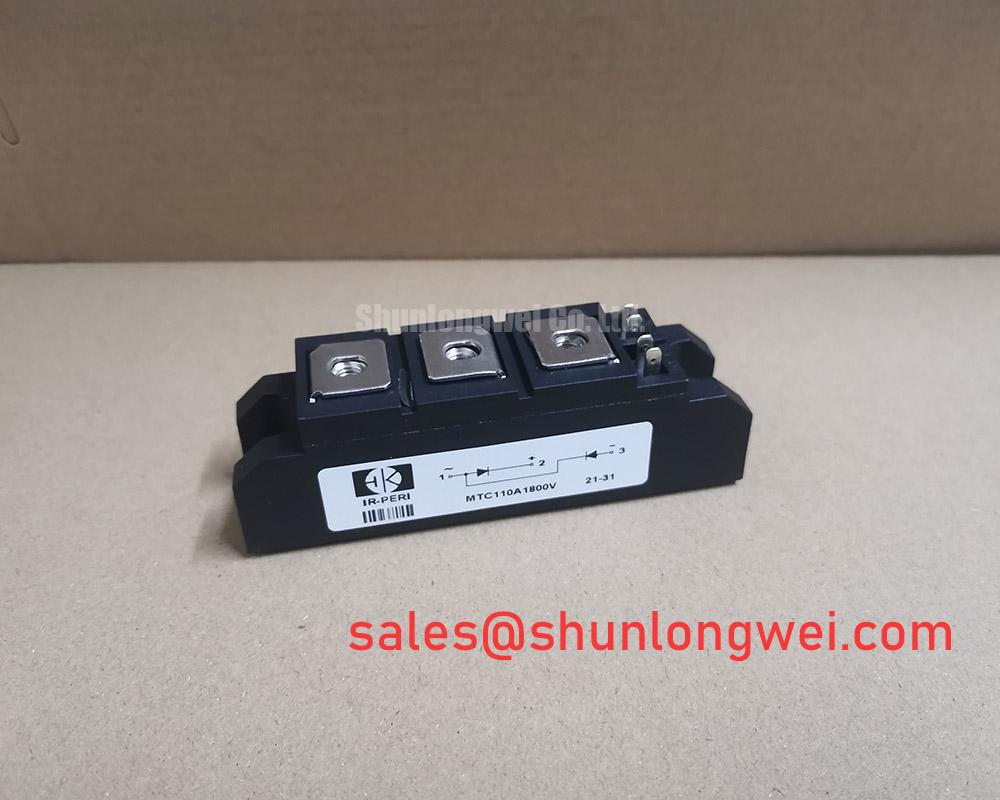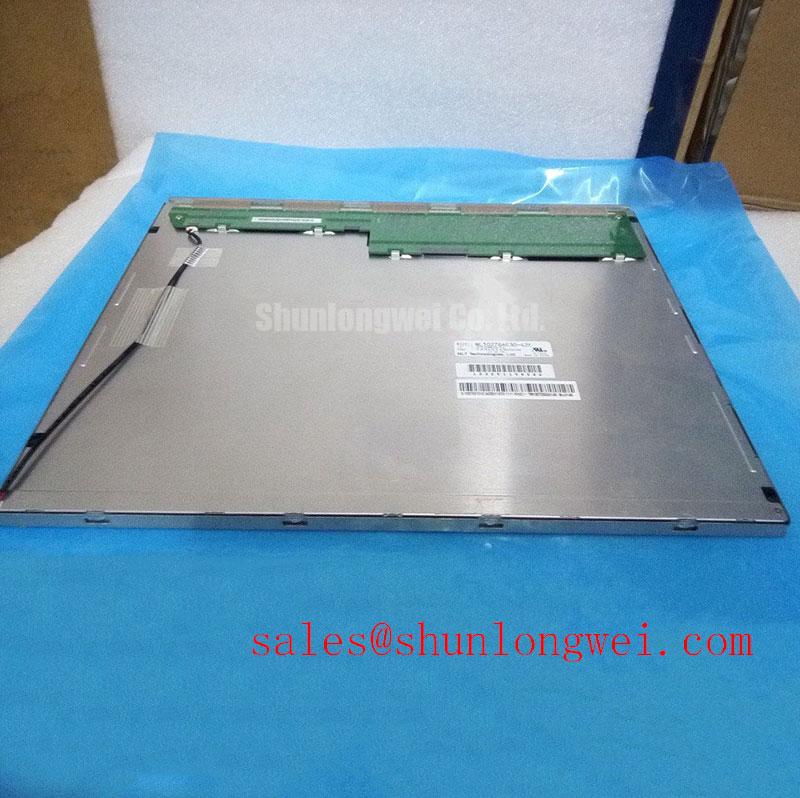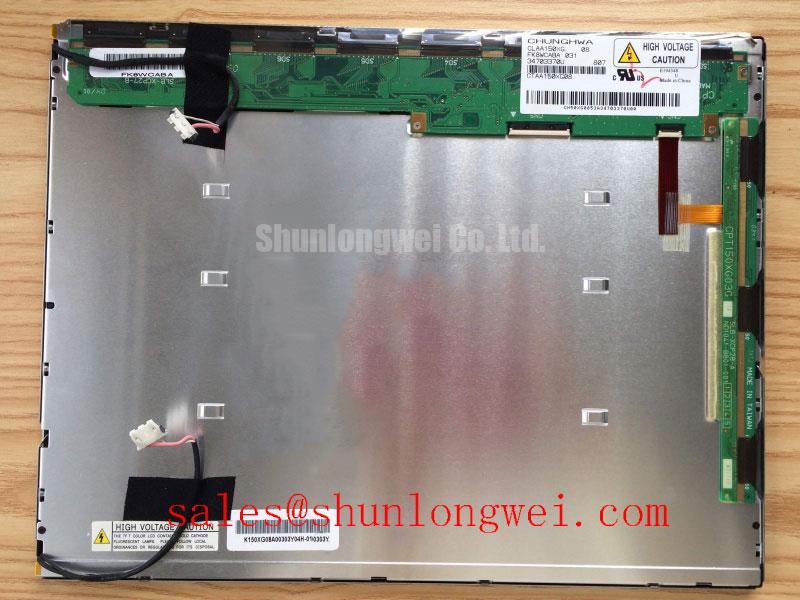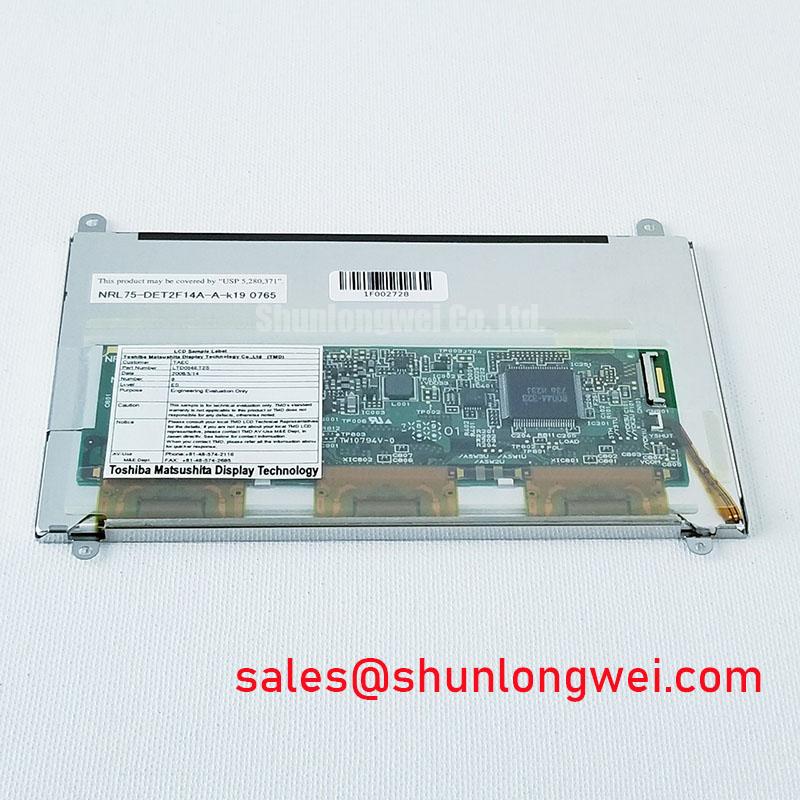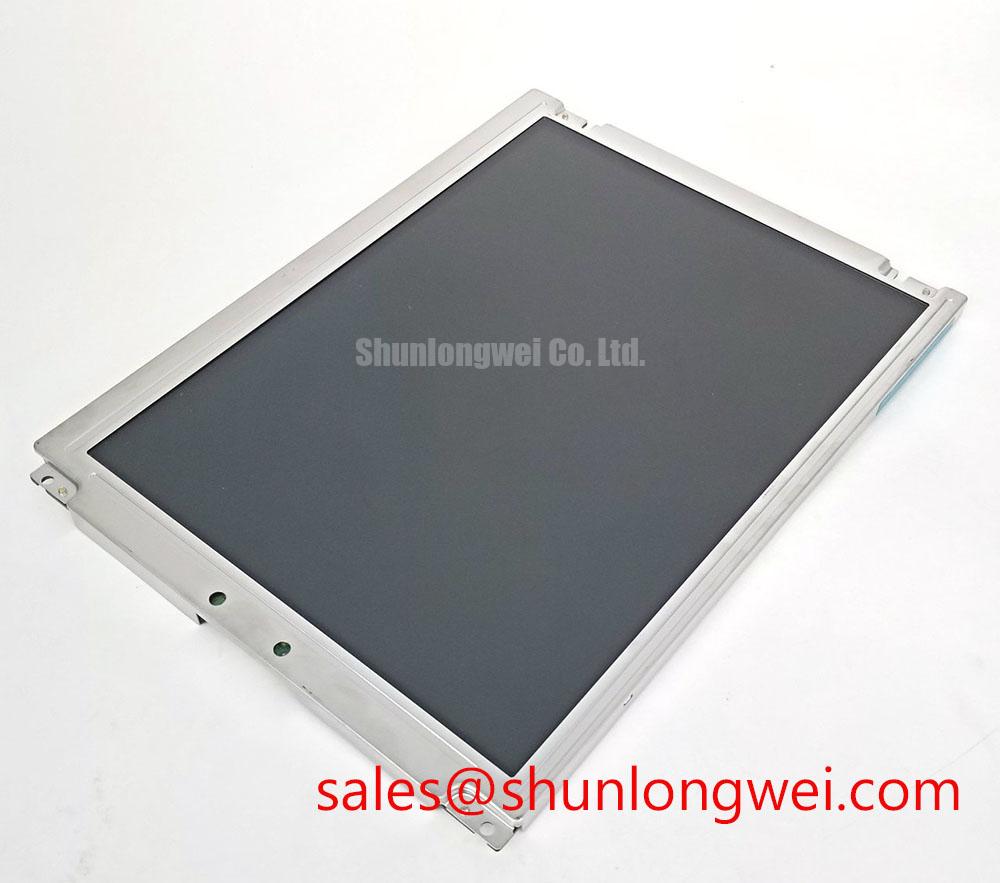SSA500AA160 Diode Module: Engineering Reliability with Pressure-Contact Technology for High-Power Rectifiers
An Engineer's Overview of the High-Reliability Power Diode
Content last revised on October 4, 2025.
The Sanrex SSA500AA160 is a high-current diode module engineered for exceptional long-term reliability in high-stress industrial applications. Featuring specifications of 1600V | 500A | 15000A I(FSM), this device offers two primary engineering benefits: it virtually eliminates solder fatigue as a failure mode and maximizes operational lifespan under harsh thermal cycling. Its pressure-contact design ensures superior performance compared to conventional soldered modules, a critical factor for engineers designing systems with frequent load changes. For high-power industrial rectifiers where operational lifetime and fault tolerance are primary design considerations, this module provides a robust foundation.
Application Scenarios & Value
System-Level Benefits in Demanding Rectifier Designs
The SSA500AA160 is purpose-built for high-power conversion systems where uptime and durability are non-negotiable. Its robust characteristics make it an excellent choice for the input rectifier stages of large-scale industrial equipment.
- Welding Power Supplies: In high-current welding applications, the rectifier stage must endure intense and repetitive current pulses. The SSA500AA160's massive 15,000A non-repetitive surge current rating (I(FSM)) provides the necessary robustness to absorb the high inrush currents that occur during arc striking. This core feature prevents premature component failure, directly addressing a common challenge for engineers designing reliable Welding Power Supply systems.
- Industrial Motor Drives: For large Variable Frequency Drives (VFDs), the module serves as a dependable freewheeling diode or as a key component in the main input rectifier. Its high voltage rating of 1600V offers a significant safety margin on 690V industrial lines, protecting the system against transient voltage spikes.
- Uninterruptible Power Supplies (UPS): In large-scale UPS systems, reliability is paramount. The pressure-contact design ensures the module can withstand the thermal cycling associated with charging and discharging cycles over many years, contributing to a lower total cost of ownership.
- Electrolytic Processes: Applications such as electroplating or aluminum smelting demand continuous, high DC currents. The 500A average forward current rating allows for the design of powerful and efficient rectifier circuits to meet these needs.
While this single diode module is ideal for building custom rectifier configurations, for designs requiring a more compact, all-in-one solution, the related DF200AA160 offers a dual-diode configuration in a single package.
Key Parameter Overview
Decoding the Specs for Enhanced Thermal Reliability
The technical specifications of the SSA500AA160 are centered on delivering robust performance and long-term stability. The parameters below highlight its capacity to operate reliably under demanding electrical and thermal loads.
.param-table { width: 100%; border-collapse: collapse; }
.param-table th, .param-table td { border: 1px solid #dddddd; text-align: left; padding: 8px; }
.param-table tr:nth-child(even) { background-color: #f2f2f2; }
.highlight { font-weight: bold; color: #0056b3; }
| Parameter | Symbol | Conditions | Value | Unit |
|---|---|---|---|---|
| Repetitive Peak Reverse Voltage | V(RRM) | 1600 | V | |
| Average Forward Current | I(FAV) | Tc = 101°C | 500 | A |
| RMS Forward Current | I(FRMS) | 785 | A | |
| Surge Forward Current | I(FSM) | 50Hz, 1 cycle, non-repetitive | 15000 | A |
| I²t | I²t | Value for one cycle of surge current | 1125 x 10³ | A²s |
| Peak Forward Voltage | V(FM) | I(FM) = 1570A | 1.35 | V |
| Thermal Resistance | Rth(j-c) | Junction to Case | 0.075 | °C/W |
| Operating Junction Temperature | Tj | -40 to 150 | °C |
Download the SSA500AA160 datasheet for detailed specifications and performance curves.
Frequently Asked Questions (FAQ)
What is the primary engineering advantage of the 'Pressure Contact' design in the SSA500AA160?
The key advantage is significantly enhanced reliability and operational lifespan. Unlike traditional modules that use solder to join the silicon chip to the baseplate, pressure-contact technology eliminates this solder layer. Solder joints are a common point of failure under thermal cycling, as repeated expansion and contraction cause them to crack and fatigue. By removing this weak link, the module achieves superior Power Cycling Capability, making it ideal for applications with frequent temperature swings.
How does the 15,000A surge current rating impact system design?
This extremely high I(FSM) rating provides a crucial safety margin, allowing the system to withstand significant fault events like motor stalls or downstream short circuits without catastrophic diode failure. For a design engineer, this means you can specify smaller, faster-acting fuses or circuit breakers, and it enhances the overall robustness of the power stage, contributing to higher system availability and preventing costly downtime.
What is the significance of the Rth(j-c) value of 0.075 °C/W?
This low thermal resistance indicates highly efficient heat transfer from the semiconductor junction to the module's case. A lower Rth(j-c) means the chip runs cooler for a given current load. This directly impacts heatsink selection—a smaller, more cost-effective heatsink can be used. It also increases thermal margin, allowing the module to be pushed closer to its maximum current rating without exceeding the junction temperature limit, which is vital for designing compact and power-dense systems. For a deeper understanding of this topic, explore our guide on unlocking thermal performance.
Can the SSA500AA160 be used in a three-phase bridge rectifier?
Yes, absolutely. As a single diode module, it is a flexible building block. Engineers can use six SSA500AA160 modules to construct a full three-phase bridge rectifier capable of handling very high power levels. This modular approach also allows for easier serviceability compared to a single, large three-phase module.
Technical Deep Dive
A Closer Look at Pressure-Contact Technology for Long-Term Reliability
The defining feature of the SSA500AA160 module is its use of pressure-contact technology, a design choice that directly confronts one of the most common failure mechanisms in high-power semiconductors: solder fatigue. In a conventional power module, the silicon die is soldered onto a copper baseplate. Over time, the different thermal expansion rates of silicon, solder, and copper cause immense stress on the solder layer during each heating and cooling cycle.
Imagine bending a paperclip back and forth repeatedly; eventually, it breaks. Solder joints experience a similar mechanical fatigue on a microscopic level. The pressure-contact design completely circumvents this issue. Instead of solder, it uses a precisely calibrated internal spring system to press the silicon die firmly against its contact surfaces. This creates a reliable electrical and thermal connection that is not susceptible to fatigue from thermal cycling. The result is a dramatic increase in the module's operational lifetime, especially in applications like wind turbine converters or motor drives that see frequent load variations.
Strategic Component Selection
Building for Longevity and Reduced Total Cost of Ownership
Selecting the SSA500AA160 is a strategic decision that prioritizes long-term system reliability over initial component cost. In critical industrial infrastructure, the cost of a component failure—measured in downtime, maintenance, and potential collateral damage—far exceeds the price of the component itself. By integrating a diode module with pressure-contact technology, engineers are designing out a known failure point. This commitment to robustness enhances the end-product's reputation and delivers a lower total cost of ownership (TCO) to the customer, providing a distinct competitive advantage in the market for high-performance power conversion systems.

